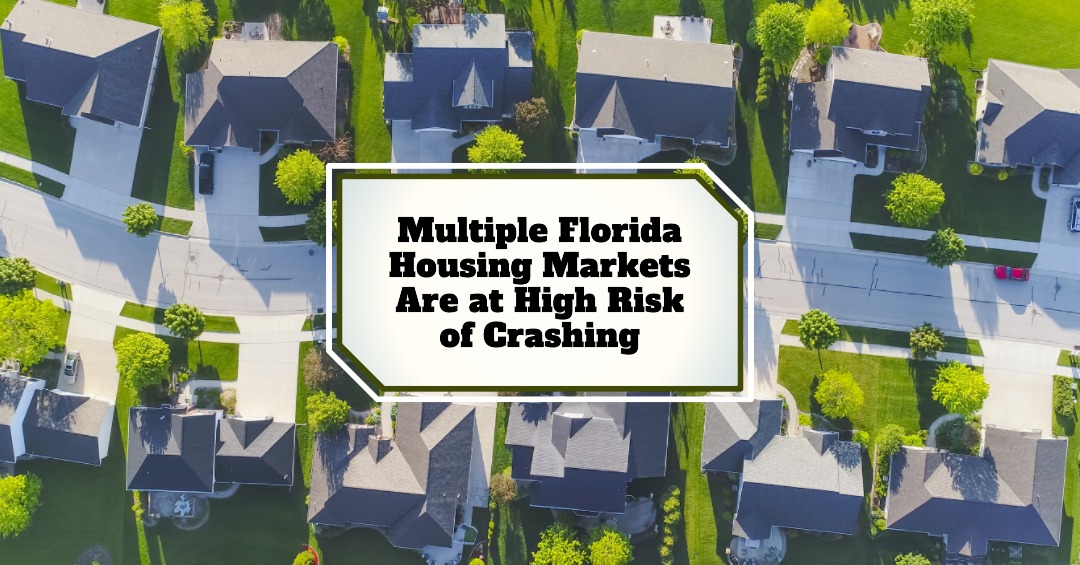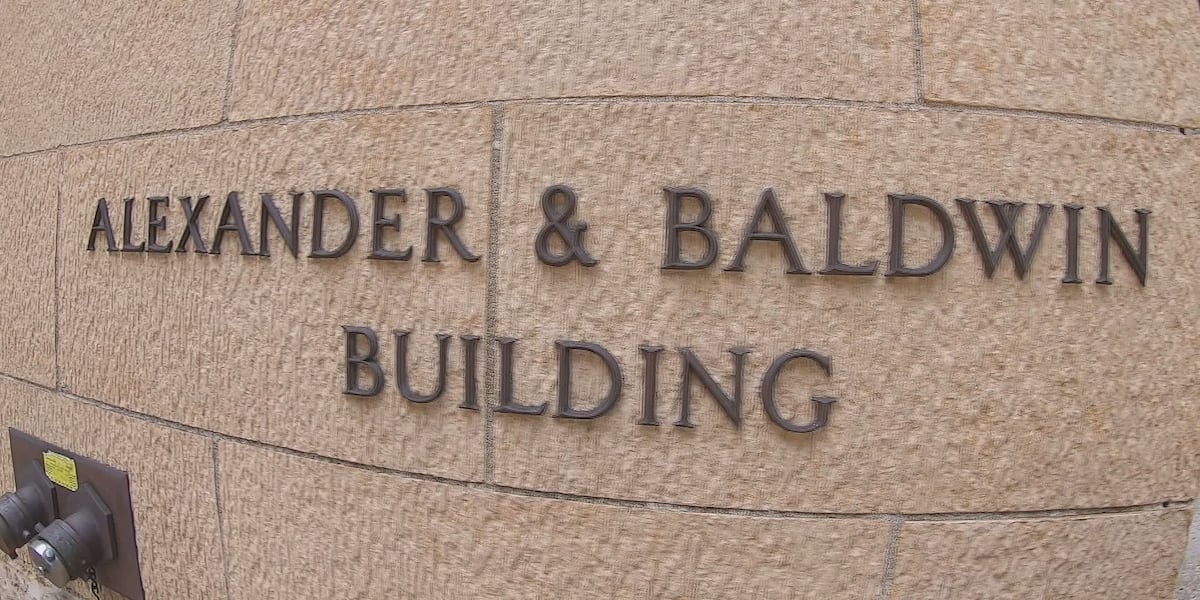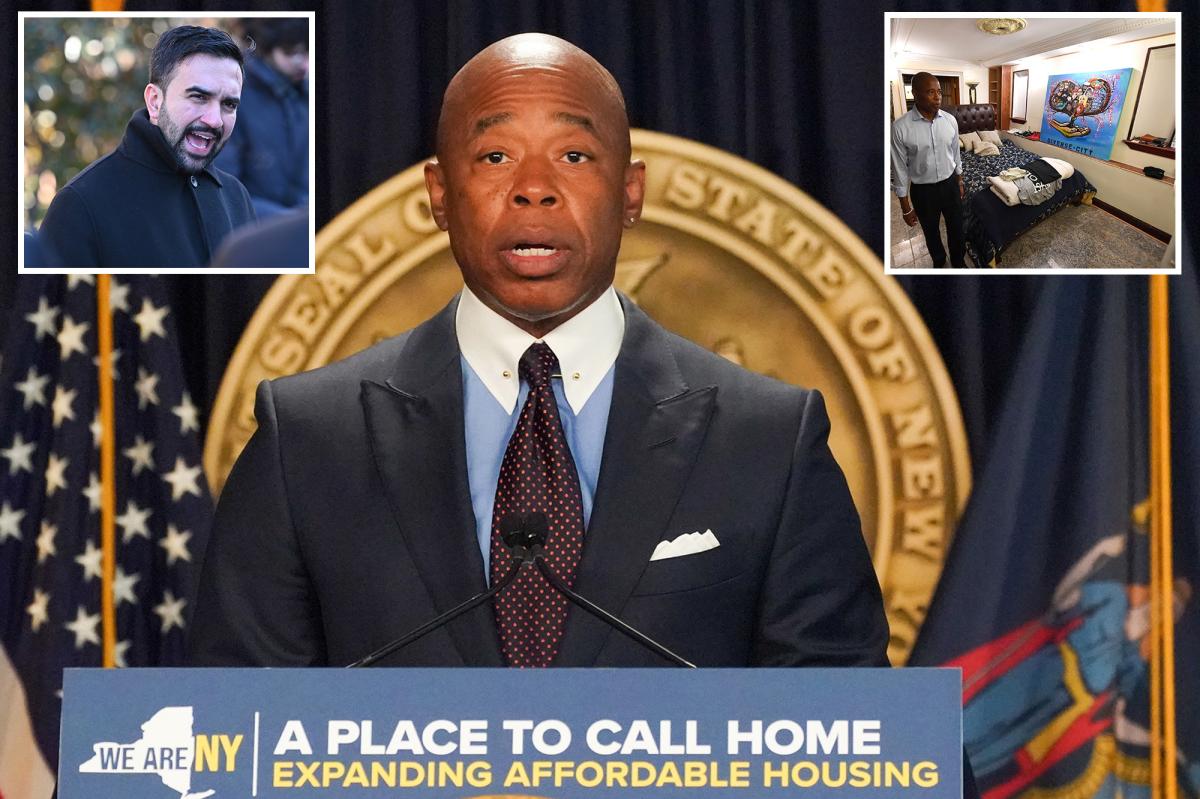T
he Florida housing market has been a wild ride over the past few years, with prices skyrocketing faster than a rocket from Cape Canaveral. However, lately, the tune is changing, and five specific Florida housing markets have been flagged as having a very high risk of experiencing a major price decline. These markets are Cape Coral, Lakeland, North Port, St. Petersburg, and West Palm Beach.
For years, Florida felt like the place everyone wanted to be, with people moving there in droves, fueling incredible demand for homes. This led to bidding wars, homes selling for well over asking price, and property values climbing at an unsustainable rate. But real estate markets go through cycles, and what goes up this fast often faces pressure to come down.
According to the latest data from Cotality (formerly CoreLogic) for April 2025, while the national housing market is slowing its growth pace, these five Florida markets are showing significant vulnerability. The report highlights that the year-over-year price growth across the U.S. slowed to 2.0% in April 2025, a big drop from nearly 3% just two months prior.
Florida's statewide average appreciation dipped to -0.8%, and Dr. Selma Hepp, Cotality's Chief Economist, points out that while the number of markets seeing declines hasn't exploded nationwide, the majority of these are concentrated in just two states: Florida and Texas. This suggests specific regional factors at play in these boom states.
The median sales price in Florida, which had soared, actually dipped below the national median to $390,000 in April 2025, causing Florida to drop out of the top 20 most expensive markets list. This significant shift tells us that the market is clearly reacting to pressures.
Several factors are contributing to Florida feeling this correction more acutely than many other places right now:
* Affordability breaking point: Even though Florida's median price dipped, prices are still drastically higher than they were pre-pandemic.
* Increased inventory: As the market slows, homes sit longer, and more houses become available for buyers to choose from.
* Cooling migration/demand: The frantic pace of people moving to Florida seems to have slowed somewhat, and the remote work trend might be stabilizing.
* Investor pullback: Higher interest rates and the prospect of prices falling make investments less attractive.
The Cotality report specifically names Cape Coral, Lakeland, North Port, St. Petersburg, and West Palm Beach as markets with a very high risk of price decline. Let's take a closer look at what the data tells us about these specific areas:
1. Cape Coral: This market takes the top spot on the risk list, with prices back down to levels seen in the spring of 2022.
2. Lakeland: Located roughly between Tampa and Orlando in Central Florida, Lakeland comes in as the second-highest risk market.
3. North Port: Another Southwest Florida market, North Port ranks third for price decline risk.
4. St. Petersburg: Moving over to the Gulf Coast across from Tampa, St. Petersburg is flagged as the fourth highest risk market.
5. West Palm Beach: Rounding out the list at number five is West Palm Beach, on Florida's Atlantic Coast.
These markets likely saw that rubber band stretched further than others, with factors like an exceptionally high influx of out-of-state buyers or investors, prices reaching levels far beyond what typical local wages can support, increased inventory hitting the market as demand cools, and unique local pressures becoming prohibitive contributing to their vulnerability.
For buyers in these areas, this could present opportunities, but caution is key. For sellers, pricing your home correctly from the start based on current market conditions is crucial. For homeowners not selling, this data highlights a potential decrease in your home's market value from its peak.
The path forward for these five Florida markets will depend on a mix of factors, including migration trends, insurance costs, interest rates, and local job markets. A period of price correction or stagnation may be necessary to bring prices back closer to alignment with what local residents can afford over the long term.













